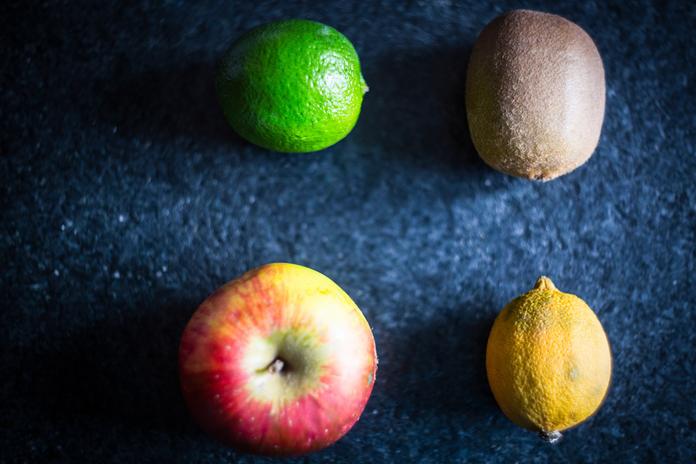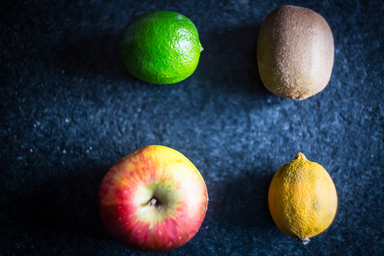When buying food there are always so many words and graphics thrown on the package labels. All of these words on the packaging are meant to convince you to buy the product. Some of the labels or graphics can be understood at face value, but other words may have different meanings than expected. When trying to buy foods as a consumer this misleading information can be problematic for you.
The words ‘natural’ and ‘organic’ may seem like they mean the same thing, but when advertised on foods, the words are not the same. When you see a food item labeled ‘natural’, you may think the food item is closest to its pure form and be willing to pay more for the product.
Merriam Webster defines the word natural as “having or constituting a classification based on features existing in nature”, which makes you associate the word with no extra processing, yet when the word is put on a food package it does not make the product 100% from nature.
The word ‘natural’ can be used any way when companies choose to define their products; this is because the FDA is not engaged in rulemaking to establish a formal definition for the word. As for the USDA, the department does cover ‘natural’ for meat and poultry as having minimal processing — this processing must be explained by the producer somewhere on the packaging. The explanations on the package may or may not be as obvious as the bolded and enlarged ‘natural’ on the packaging. This can be misleading to consumers who are unaware of how the word is used by companies.
The word ‘organic’ is very different from ‘natural’ on food products because of the National Organic Program, within the USDA, standards used to uphold the value of the label. To have something being labeled as ‘organic’, first the facility it is produced in must be an organic operation. The National Organic Program defines organic operations as demonstrating that they are protecting natural resources, conserving biodiversity, and using only approved substances. There is an extensive and expensive process before a food can be accepted to label itself as ‘organic’, unlike the use of ‘natural’, which makes it easier for companies to use and advertise to consumers. If you are willing to pay more for a food item based on its processing level, make sure to get organic foods rather than natural foods. Organic foods are followed and approved to a set standard, while natural foods are vaguely defined and may not always appear to be what they seem.



